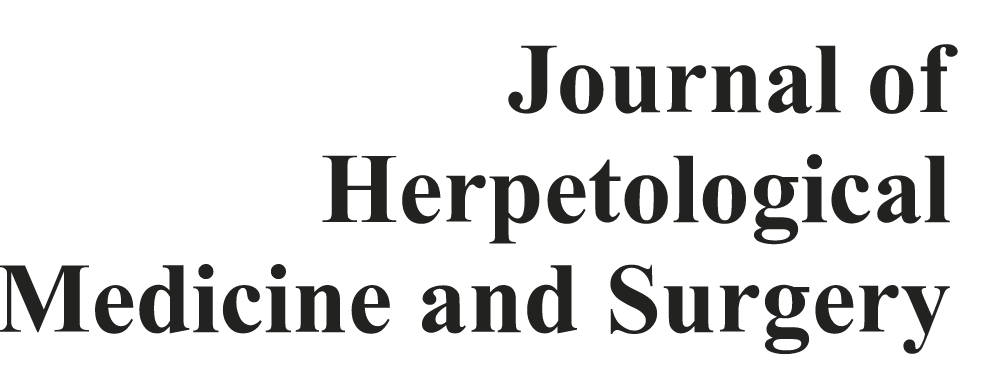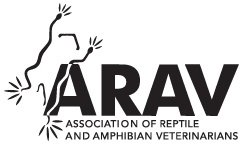Evaluation of Contrast Radiography and Computed Tomography in Sex Determination of Gila Monsters (Heloderma suspectum)
Sex determination in reptiles is important for implementing appropriate husbandry, successful pairing for breeding programs, and reproductive medical care. In reptile species that are not sexually dimorphic, accuracy in sex determination is dependent upon methods other than physical observation. Preferred sexing techniques should be quick, noninvasive, and reliable, and they should be able to be performed by veterinarians with a broad range of reptile experience. Vast anatomical differences among reptiles make the efficacy of these techniques highly variable between species. This study evaluated hemipenis contrast radiography and computed tomography techniques, previously described in other Heloderma species, to determine reliability in sexing 23 Gila monsters (Heloderma suspectum). The results were compared to the sex determined by coelomic ultrasound, which indicated that there were 8 females and 15 males. Identification of hemipenes in males was shown in 1/15 (7%) by contrast radiography and 9/15 (60%) by hemipenis contrast computed tomography. Outline of the cloacal rim in females was seen in 100% (8/8) by contrast radiography and 100% (8/8) by contrast computed tomography. Our findings suggest that contrast radiography and computed tomography are not reliable methods for sex determination in Gila monsters, and that coelomic ultrasound is currently the most reliable, noninvasive technique for this species.Abstract

A Gila monster (Heloderma suspectum) in dorsal recumbency for caudal cloacal contrast administration via a 20-gauge curved ball-tip metal feeding tube.

Transverse (A) and sagittal (B) ultrasound images of testes in a male Gila monster (Heloderma suspectum) visualized against a full bladder.

Ultrasound images of ovarian follicles in two female Gila monsters (Heloderma suspectum). Images A, B, C show a female Gila monster with both vitellogenic (>) and previtellogenic (*) ovarian follicles. Images D, E, F are of a female Gila monster with previtellogenic ovarian follicles bilaterally.

Ventrodorsal (A, C, E) and right lateral radiographs (B, D, F) of Gila monsters (Heloderma suspectum). Images A–B demonstrate positive contrast filling of bilateral elongated spiral shaped structures (>), representing hemipenes in an animal diagnosed as a male via coelomic ultrasound. Images C–D demonstrate positive contrast highlighting the caudolateral aspect of the cloaca (>), filling the proximal aspect of the hemipenes in an animal diagnosed as a male via coelomic ultrasound. Images E–F display contrast outlining the cloacal rim (>) in an animal diagnosed as a female via coelomic ultrasound.

Dorsal (A, C), transverse (B), and dorsal oblique (D) planes of computed tomography images of a male Gila monster (Heloderma suspectum). Note positive contrast filling of a spiral-shaped structure on the right with partial contrast filling of a similar structure on the left side, most consistent with the right and left hemipenes in a Gila monster diagnosed as male on coelomic ultrasound.

Dorsal (A, C), transverse (B), and dorsal oblique (D) planes of computed tomography images of a female Gila monster (Heloderma suspectum). Note the thin W-shaped rim of contrast located at the cloacal rim in a Gila monster confirmed as female on coelomic ultrasound (A, C). On the transverse plane this is represented by a C-shaped rim (B).



